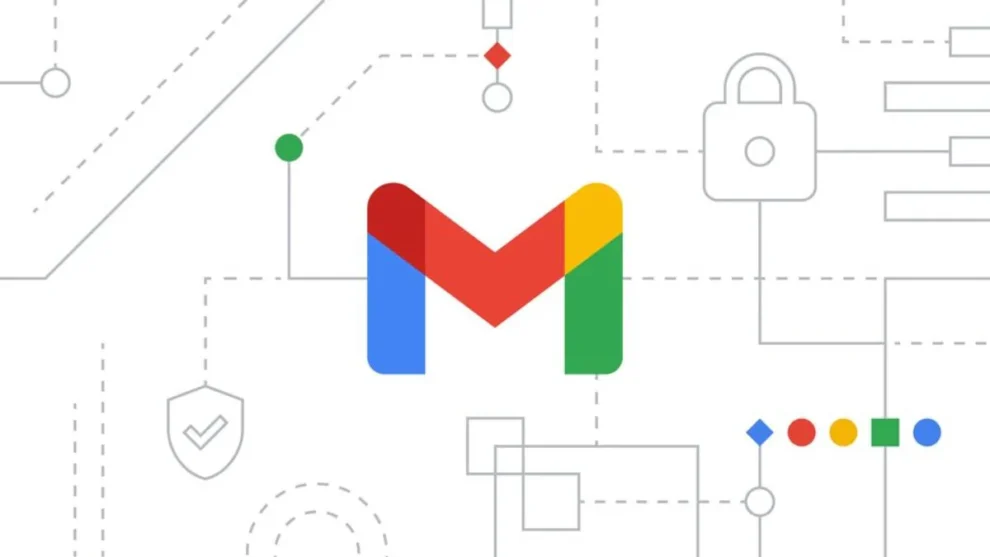The digital world was recently rocked by the revelation of a sophisticated new phishing attack targeting Gmail users. Leveraging the power of artificial intelligence (AI), this attack has the potential to compromise millions of accounts. Security experts are urging Gmail’s 2.5 billion users to be vigilant and take immediate steps to protect their personal information. This isn’t just another phishing scam; it’s a wake-up call about the evolving landscape of cyber threats and the urgent need for enhanced online security measures.
This new threat, dubbed “DeepPhish,” utilizes AI to craft highly convincing phishing emails that are nearly indistinguishable from legitimate Gmail communications. Unlike traditional phishing attempts that often contain grammatical errors or suspicious links, DeepPhish generates grammatically perfect emails, complete with personalized subject lines and content tailored to individual users. This makes it incredibly difficult for even the most discerning users to identify them as malicious. The AI even mimics the writing style of known contacts, further increasing the likelihood of users falling prey to the scam. The consequences of falling victim to DeepPhish can be severe, ranging from identity theft and financial loss to the compromise of sensitive personal data.
How DeepPhish Works: Anatomy of an AI-Powered Attack
DeepPhish operates by analyzing vast amounts of data scraped from the internet, including social media profiles, public records, and previous data breaches. This information is then used to create personalized phishing emails that are highly relevant to the recipient. The AI algorithms behind DeepPhish are constantly learning and evolving, making the attacks increasingly sophisticated and difficult to detect.
Here’s a breakdown of the typical DeepPhish attack:
- Data Gathering: The AI scours the internet for publicly available information about potential victims.
- Email Generation: Using the gathered data, the AI generates a convincing phishing email tailored to the individual. This includes personalized subject lines, content, and even writing style mimicry.
- Spoofing: The email is sent from a spoofed address that appears to be legitimate, often mimicking a trusted contact or organization.
- Payload Delivery: The email contains a malicious link or attachment designed to steal the victim’s login credentials or other sensitive information.
Red Flags: Identifying a DeepPhish Email
While DeepPhish is designed to be deceptive, there are still some red flags that can help you identify a potential attack:
- Unexpected Emails: Be wary of emails from contacts you haven’t heard from in a while or from organizations you don’t interact with regularly.
- Unusual Requests: Be suspicious of emails requesting personal information, login credentials, or financial details.
- Suspicious Links or Attachments: Hover over links to see the actual destination address and avoid clicking on attachments from unknown senders.
- Generic Greetings: Phishing emails often use generic greetings like “Dear Customer” instead of your name.
- Sense of Urgency: Be cautious of emails that create a sense of urgency or pressure you to act quickly.
Protecting Yourself: Essential Steps to Take Now
The rise of AI-powered phishing attacks like DeepPhish underscores the importance of robust online security practices. Here are some essential steps you can take to protect yourself:
- Enable Two-Factor Authentication (2FA): This adds an extra layer of security to your account by requiring a second form of verification, such as a code sent to your phone, in addition to your password.
- Be Wary of Suspicious Emails: Scrutinize emails carefully, especially those requesting personal information or containing links or attachments.
- Verify Sender Identity: If you receive an email from a contact or organization that seems suspicious, contact them directly through a known channel to verify the authenticity of the email.
- Keep Software Updated: Regularly update your operating system, browser, and antivirus software to patch security vulnerabilities.
- Use Strong Passwords: Create strong, unique passwords for each of your online accounts and consider using a password manager to help you manage them.
- Educate Yourself: Stay informed about the latest phishing techniques and security threats.
The Future of Cybersecurity in the Age of AI
The emergence of DeepPhish highlights the growing role of AI in both cyberattacks and cybersecurity. As AI technology continues to advance, we can expect to see even more sophisticated and challenging threats in the future.
This calls for a proactive and adaptive approach to cybersecurity. Individuals, organizations, and security providers need to work together to develop new strategies and tools to combat AI-powered attacks. This includes investing in AI-powered security solutions, promoting cybersecurity awareness, and fostering collaboration between researchers, policymakers, and industry leaders.
The fight against cybercrime is an ongoing battle, and the rise of AI-powered attacks like DeepPhish is a stark reminder that we must remain vigilant and adapt to the evolving threat landscape. By taking proactive steps to protect ourselves and by working together to develop innovative security solutions, we can stay ahead of the curve and safeguard our digital lives.



















Add Comment